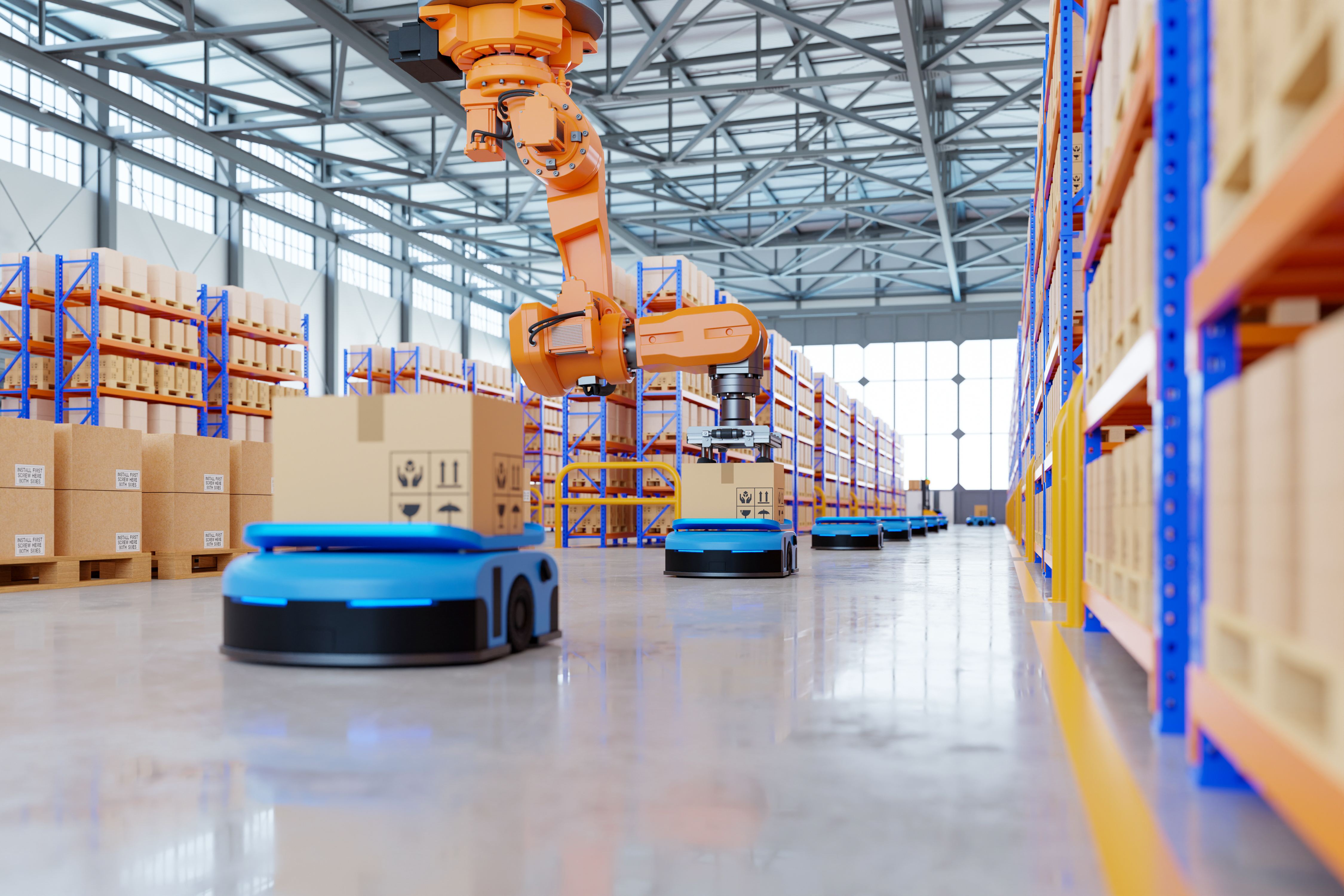Digital transformation in supply chain management
Supply chain stakeholders have little choice but to pursue digital transformation if they hope to keep pace with the growing complexity of global logistics networks. Technology has become essential for maintaining inventory visibility across facilities, connecting disparate links of the supply chain, and avoiding unexpected disruptions.
Digital transformation is a term that is thrown around a lot, and people have different ways to interpret what it means. Essentially, digital transformation is the integration of digital technology into all areas of a business. ARC Advisory Group, where I work, publishes an analysis of the 25 manufacturers with the most mature digital transformations. The report identifies the leaders and highlights best practices. The report takes a holistic approach to what a digital transformation means. “Leading companies take a strategic approach, integrating digital technology throughout their value chains. Design and engineering, production operations, maintenance, logistics, supply chain, business systems, customers, products, and organizational structure are subject to innovative change as companies examine and update processes and deploy new tools and technologies.”
The majority of time when people are discussing digital transformation, they are not directly referring to the digital transformation of supply chains. APQC conducts research on supply chain and logistics to help organizations assess the performance of their own processes and functions compared to their peers. Most recently, the APQC has conducted best practice and benchmarking research on digital transformation. This survey-based research gathers quantitative data as well as information on practices or performance drivers. The final report focuses on the current state of key practices in digital transformation in supply chain management, spread across multiple industries and over 1,100 respondents.
There are many areas of digital transformation within the supply chain. This report provides a cross-industry perspective on digital transformation in logistics including digital maturity in inventory management, transportation, fleet maintenance, safety and compliance, and more.
APQC Digital Transformation in Logistics Results
On average, respondents report allocating 14 percent of their logistics and warehousing annual budget to technology. Of this technology budget, an average of 30 percent is typically allocated to digital transformation. Let’s take a deeper look at a few technology areas.
Inventory Management
Respondents report a wide variety of maturity levels for digital transformation initiatives in inventory management. From a maturity standpoint, the majority of respondents are digitizing data and processes. But, it varies on how the data and processes are being used form a technology standpoint. Ninety-one percent of respondents are digitizing data and processes collectively, but only 31 percent are using predictive analytics and 26 percent are using artificial intelligence. This means that 29 percent of respondents are digitizing data and processes but not using advanced technology to make the data more actionable. A mere 6 percent of respondents are digitizing data and processes, using predictive analytics or artificial intelligence, and using automation to act on recommendations.
Transportation
For transportation, the numbers are roughly the same as far as maturity within the digital transformation journey. Eighty-eight percent of respondents are digitizing data and processes. Predictive analytics is used significantly more than artificial intelligence to optimize, as 35 percent are using predictive analytics compared to 17 percent for artificial intelligence. For these respondents, only 3 percent are digitizing data and processes, using predictive analytics or artificial intelligence, and using automation to act on recommendations. These numbers show a significant gap around the use of advanced technologies for optimization and decision-making.
Warehouse Equipment / Facility Management
Ninety-two percent of respondents are digitizing data and processes in warehouse equipment / facility management. These numbers are line with the aforementioned technology areas for digital supply chain transformation. Thirty-one percent of respondents are using predictive analytics and 24 percent are using artificial intelligence to optimize. For these respondents, 6 percent are digitizing data and processes, using predictive analytics or artificial intelligence, and using automation to act on recommendations.
Two other issues that come in digital transformation are compliance and safety. Within these areas, respondents are at the low end of the maturity model. For both compliance and safety, nearly one-third of respondents do not have any digital transformation initiatives in place. Additionally, about one-third of respondents have only digitized data and processes in these areas. Very few respondents use artificial intelligence to optimize their data compared to those that use predictive analytics to optimize their digitized data and processes.
Final Thought
The APQC survey gives an interesting look at digital transformation in logistics. Currently, respondents are at the mid-point of the maturity model when it comes to digital transformation initiatives in inventory management, transportation, and warehouse equipment / facility management. However, these respondents are showing that their organizations are on the low end when it comes to compliance and safety. Moving forward, I expect to see more interest, more investments, and more movement in digital transformation in logistics.
The author of this article was my colleague, Chris Cunnane. Chris is a research director, supply chain management at ARC Advisory Group.
This article was written by Steve Banker from Forbes and was legally licensed through the Industry Dive Content Marketplace. Please direct all licensing questions to legal@industrydive.com.
![]()


